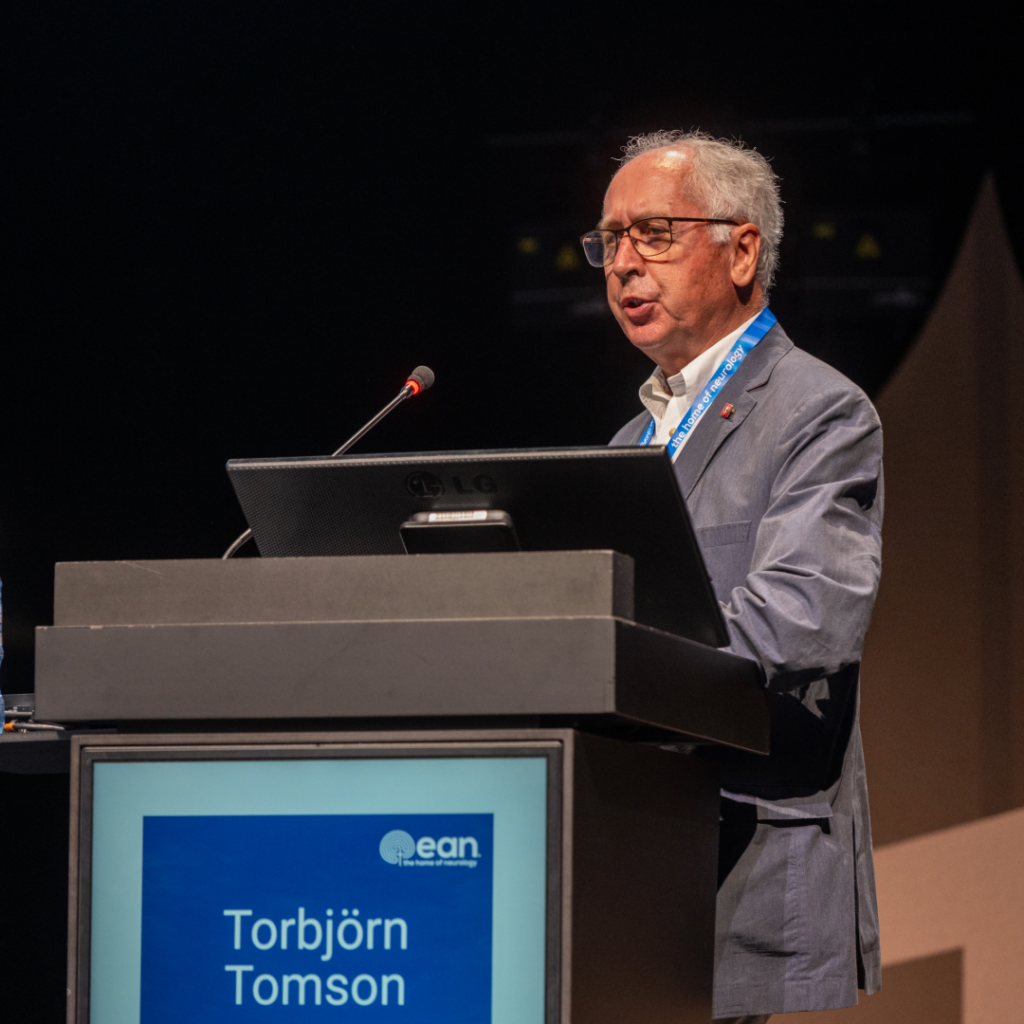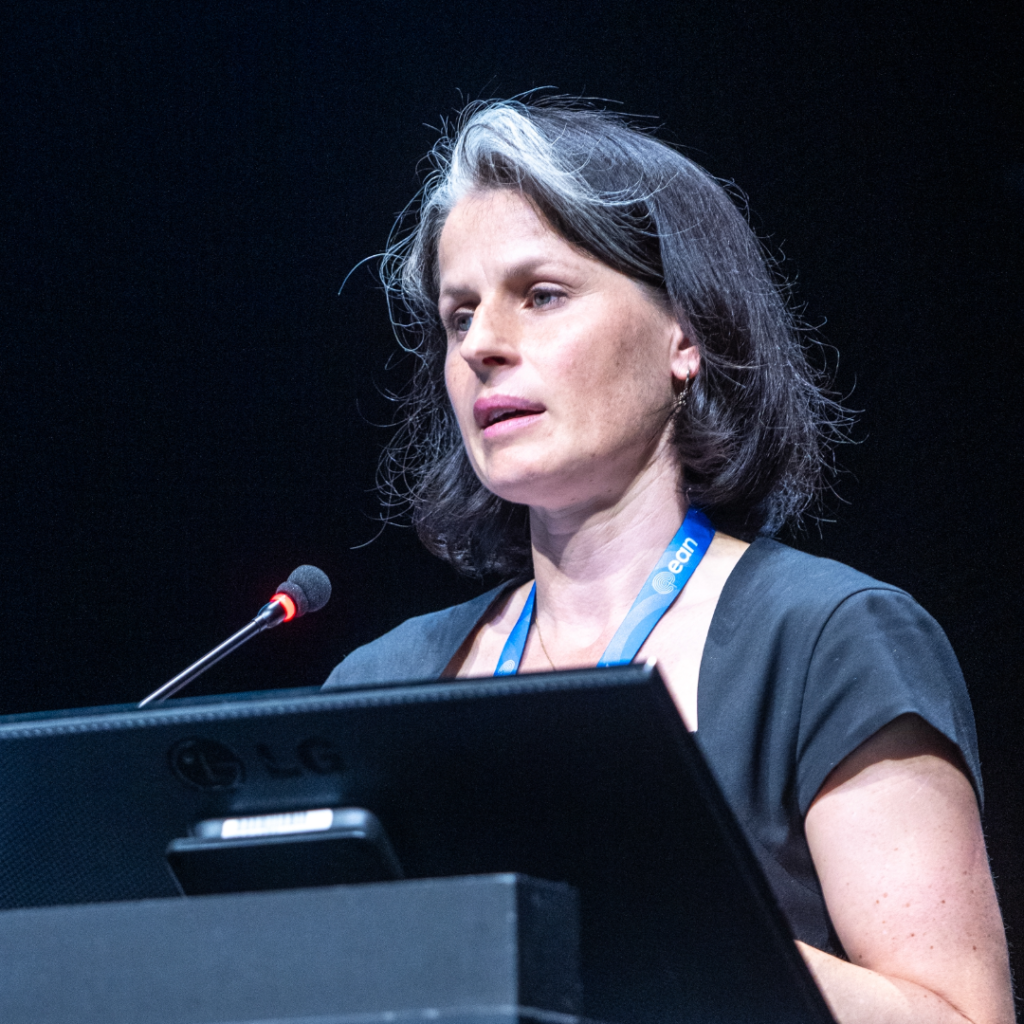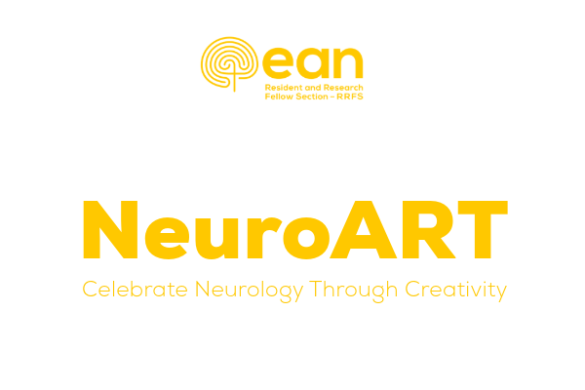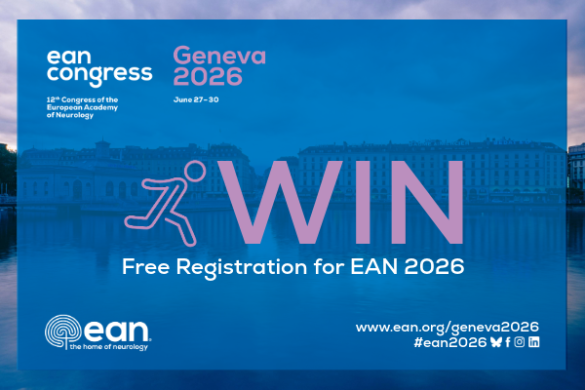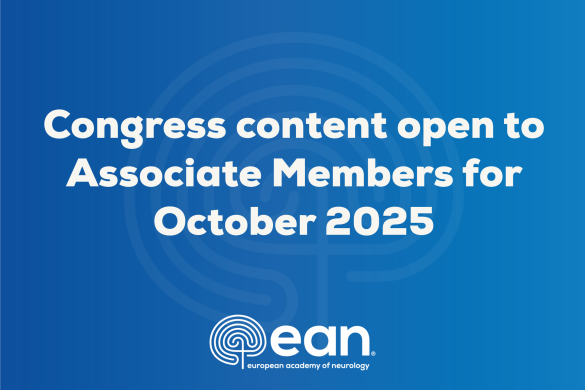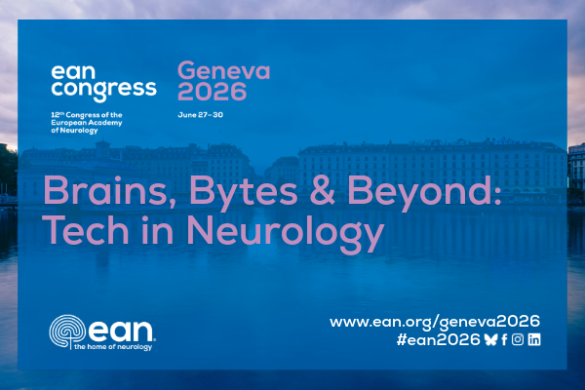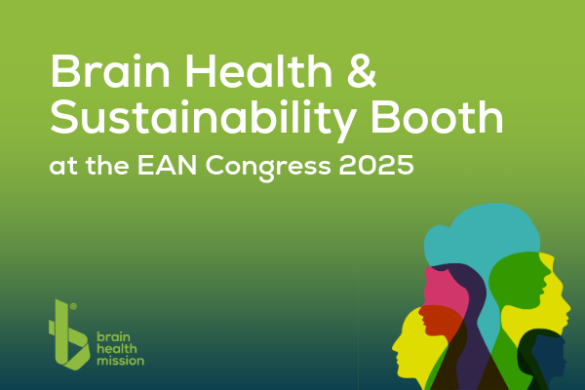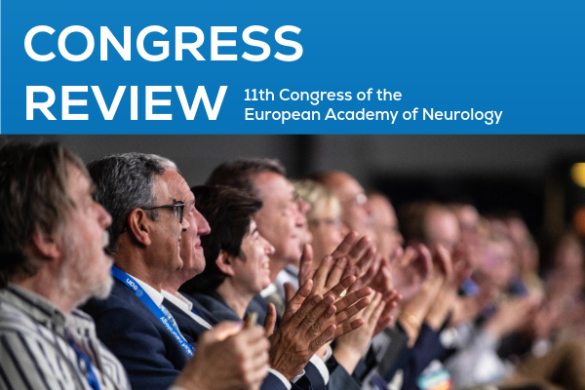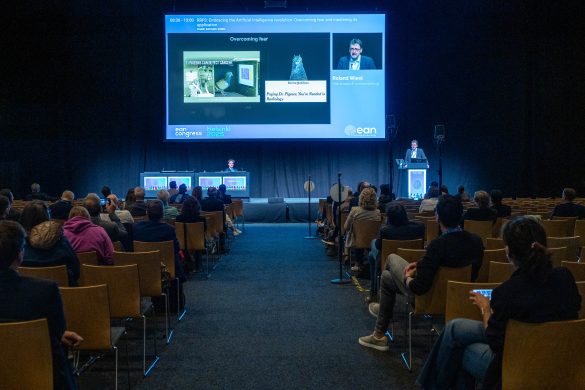by Isabella Colonna
The first symposium of EAN 2024, chaired by Prof. Marte Bjork, took place in the main auditorium on Saturday, 29 June, focusing on the effects of antiseizure medications (ASMs) –which are commonly used to treat epilepsy and migraine–on individuals of reproductive age.
The symposium began with a talk by Prof. Torbjörn Tomson from Sweden, who highlighted the irreversible harms which may be caused by intrauterine exposure to ASMs, such as neurodevelopment disorders and intrauterine growth restriction. These risks are very high with medications such as valproate and phenobarbital, while levetiracetam and lamotrigine seem to be safest. Moreover, Tomson emphasised the importance of pre-pregnancy planning and counselling. In this context, ASMs dose optimisation during pregnancy, which might be facilitated by the assessment of their pre-pregnancy baseline serum concentrations, and folate supplementation provided periconceptionally, may play an important role in facilitating safe and healthy pregnancies.
The second lecture was given by Prof. Bettina Schmitz from Berlin, who focused on the care for people with epilepsy and migraine in pregnancy, delivery and post-partum. Sixty per cent of acute headaches during pregnancy are primary and an increased use of analgesics during pregnancy has been observed in recent years. Schmitz emphasised the importance of encouraging non-pharmacological treatment as a first-line migraine treatment during pregnancy. In second part of her talk, she highlighted that during pregnancy seizure frequency may increase due to reduced serum ASM concentrations related to changed pharmacokinetics, in particular with lamotrigine, levetiracetam and oxcarbazepine; thus, individualised therapeutic drug monitoring as well as dose optimisation may be needed in order to reach seizure freedom.
Next, Prof. Bjork from Norway focused on the use of ASMs in males. Valproate use in fathers has recently been shown to be toxic to sperm; however, these toxic effects can be reversible after stopping valproate. In her talk, Bjork highlighted that paternal exposure to valproate has been associated with greater risk of neurodevelopmental disorders, when compared to levetiracetam and lamotrigine. Furthermore, trans-and multigenerational data showed that epigenetic inheritance of neurodevelopmental disorders linked to valproate use is possible in preclinical models; however, validated human data is not available. This recent evidence resulted in regulatory changes in several countries; however, further and more robust evidence is needed in order optimise treatment in male patients with epilepsy.
The last lecture was given by Prof. Rebecca Bromley from the UK, who talked about the clinical care of children with intrauterine exposition to ASMs. Teratogens cause a variety of symptoms which co-occur as a recognisable phenotype, such as the foetal valproate spectrum disorder which is characterised by various minor and major congenital abnormalities, functional difficulties, joint hypermobility and hypotonia. Bromley highlighted that the evaluation of children exposed to ASMs should include the assessment of exposure, as well as of family background, genetic investigations and multidisciplinary team assessments. Diagnosis of foetal exposure syndrome can be made if the symptoms are consistent with the exposure and knowledge of the phenotype, and in the absence of potential co-occurring influences, such as genetic and environmental ones. However, individuals with a higher risk ASM exposure can have complex and varied symptoms. Further standardised evidence is needed in order to improve clinical management of these patients.
In summary, this outstanding session gave clinically relevant insights into the management of migraine and epilepsy in persons of child-bearing age, focusing on the harms of some drugs which are regularly used in the treatment of these diseases and providing strategies in order to reduce risks and improve care in this population.

